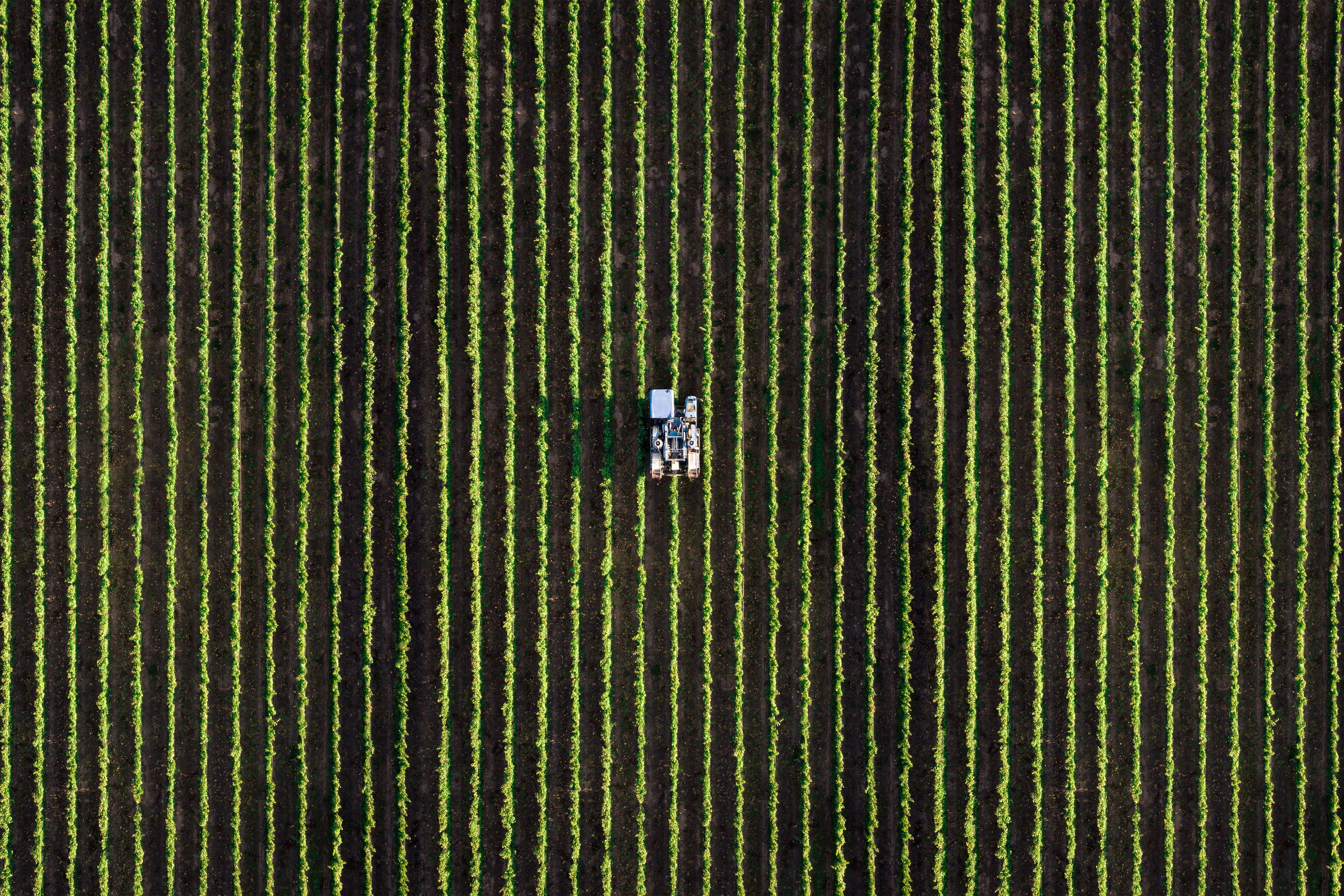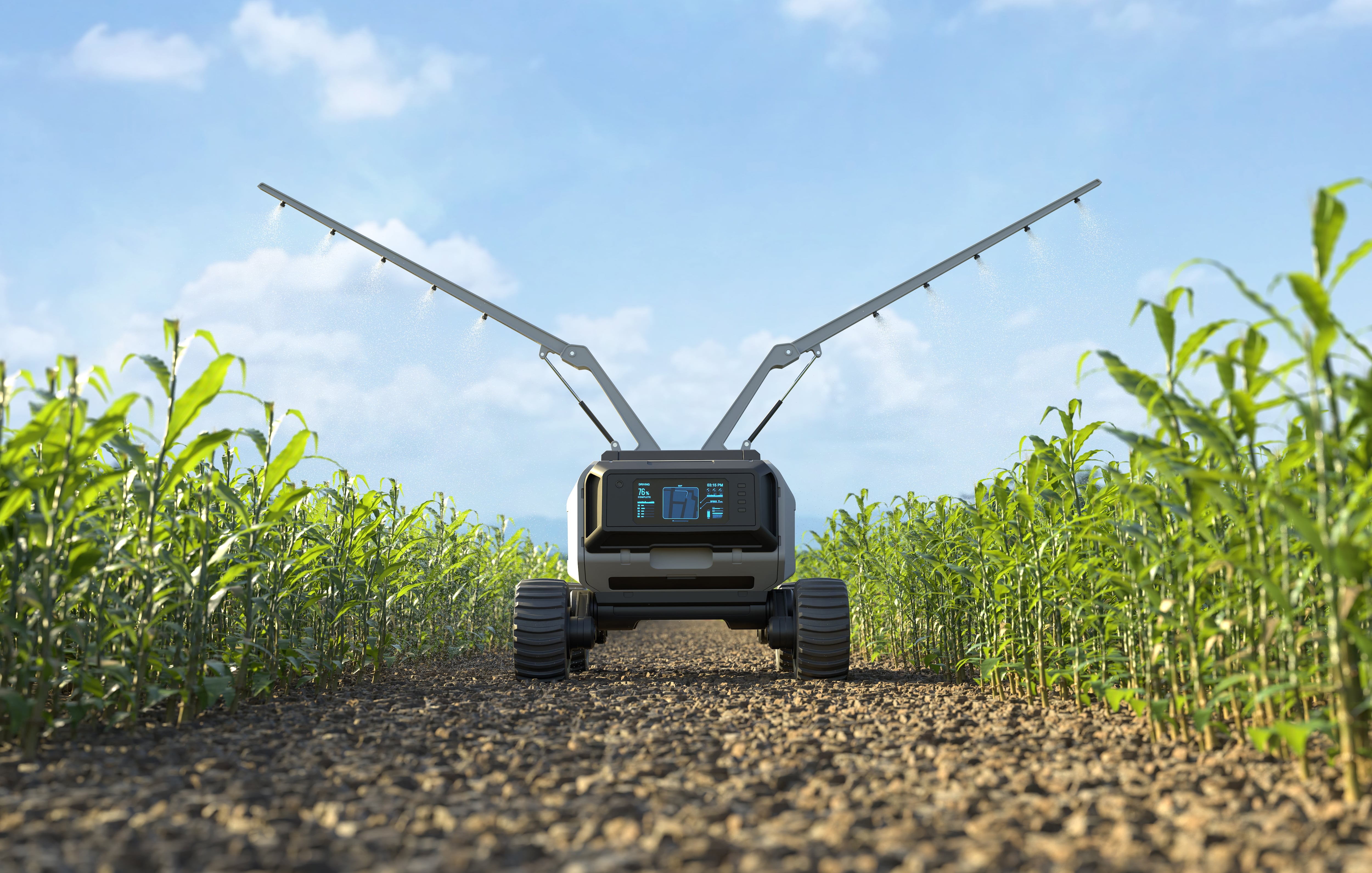US farmers are preparing to adapt to changes brought on by the new administration. Proposed tariffs could have a direct impact on agricultural trade, while ongoing labour shortages – exacerbated by immigration policy changes – continue to challenge farming operations already struggling to maintain a reliable workforce.
So, bad news for agriculture. Former Congressman Charlie Dent predicted that the tariffs will have “enormously consequential and negative impacts on American manufacturing and agriculture”. But potentially good news for agtech products and services. Fertiliser company K+S has said the challenges that US farmers will face due to the tariffs could potentially increase demand for solutions that optimise fertiliser use.
One company anticipating it can capitalise on these market changes is Sabanto, which has developed a fleet of cost-effective, remotely monitored tractors that can perform tasks such as planting, rotary hoeing, cultivation, and tillage. The autonomous fleet is managed and monitored by engineers from a central location, eliminating the need for on-site personnel.
Labour crisis ‘threatens future’ of farming
With 2.4 million agricultural jobs unfilled and a rapidly aging workforce, automation has become essential for the future of farming, the Illinois-based company believes.
According to the US Senate Committee on Aging, the median age of farmers in America is 58, making it the oldest workforce in the country. More farmers are over 65 than under 44, and as they retire over the next 20 years, around 350 million acres of farmland will change hands.
The agricultural industry is facing a severe labour crisis that threatens the future of farming in America, according to Sabanto. With 2.4 million agricultural jobs unfilled and a rapidly aging workforce, automation has become essential. Over the past five years, the company estimates, the US has lost 141,000 farms, partly due to insurmountable labour shortages in many farming communities.
“The agricultural industry’s unprecedented labour shortage is at a tipping point,” says Sabanto’s founder and CEO Craig Rupp. “Sabanto’s autonomous technology isn’t just filling a labour gap; it’s providing a lifeline for farmers struggling to maintain operations.”
The company is aiming to expand the number of its systems operating across the US, enabling farmers to run multiple tractors, even in severe workforce scarcity. “This technology is essential for ensuring the survival of our farming communities,” Rupp states.

Simultaneously, advancements in agricultural technology are expected to revolutionise farming practices. AI in agriculture is projected to grow to $4.7 billion by 2028, and those offered by Sabanto are poised to address labour shortages and enhance operational efficiency, supporting another hot trend, regenerative agriculture.
“Our goal extends beyond just providing autonomous solutions,” says Rupp. “We’re creating a platform that allows others to contribute to agricultural innovation. By 2025, we aim to break down the proprietary barriers in agriculture, enabling implement companies and innovators to develop new technologies that seamlessly integrate with our systems. As part of this vision, our goal is to scale our virtual Field Operators (vFOs), which represents a transformative approach to agricultural management. These individuals remotely deploy and monitor tractors, communicating with farmers daily.”
Founded in 2018, Sabanto initially offered its vehicles as a labour-saving, 24-hour contracting service. It has since pivoted and is selling kits directly to farmers.
“When we started, the technology was in its infancy, and we needed to prove it worked,” Rupp elaborates. “That’s why we began as a contracting service – deploying autonomy ourselves to show it could reliably handle real-world farming operations. The responsibility to make it work fell on us, and if something went wrong, it was on us to fix it. If we’d handed over an autonomous product that wasn’t ready, it would have ended up sitting on the edge of a field gathering dust.”
Now it is selling autonomy kits directly to farmers because they want to own and control their equipment. These retrofit kits let users upgrade their current machinery without having to buy brand-new equipment, making it a more affordable and practical option, says Rupp. “It’s working – we’ve deployed over 100 systems across the US and Canada through our dealer network. We’re there for farmers when they need us, and I think that’s why they see us as more than a vendor – we’re a strategic partner.”
‘Farmers are rethinking productivity’
As for why farmers are choosing autonomy, Rupp stresses it comes down to two things: efficiency and labour. “They’re realising that it’s not just easy to integrate autonomy into their operations – it pays off. Many of them are scaling it across their farms, and I’ve heard more than once, ‘We’ll never go back’.
“Autonomy is transforming farming by enabling 24/7 operations, cutting down the need for scarce and expensive labor, and making everything more efficient with precise, data-driven management. Farmers are starting to rethink productivity too – shifting from relying on bigger horsepower to focusing on time efficiency with smaller, smarter machines.
“I’m also encouraged by how robotics is gaining traction in agriculture. Innovations like mechanical weeding and spot spraying are reducing chemical use, improving precision, and helping with labour challenges. These technologies don’t just make farming more efficient – they’re also improving sustainability by cutting waste and supporting healthier ecosystems.”
VC downturn ‘positive’
Sabanto has raised substantial funding, including a $17 million Series A funding round in August 2022 lead by Fulcrum Global Capital, with participation from DCVC Bio, Hico Capital, Yara Growth Ventures, Cavallo Ventures, Johnsonville Ventures, and Trimble Ventures.
The agtech sector has since entered a downturn. But the recalibrated venture capital market is actually a good thing for robotics and autonomy, reckons Rupp. “The days of selling unproven promises in agtech are over,” he says. “Now, the ROI for robotics and autonomy is clear and proven. The focus has shifted from proving the concept to scaling adoption, which makes it an exciting time for investment in this space.”





